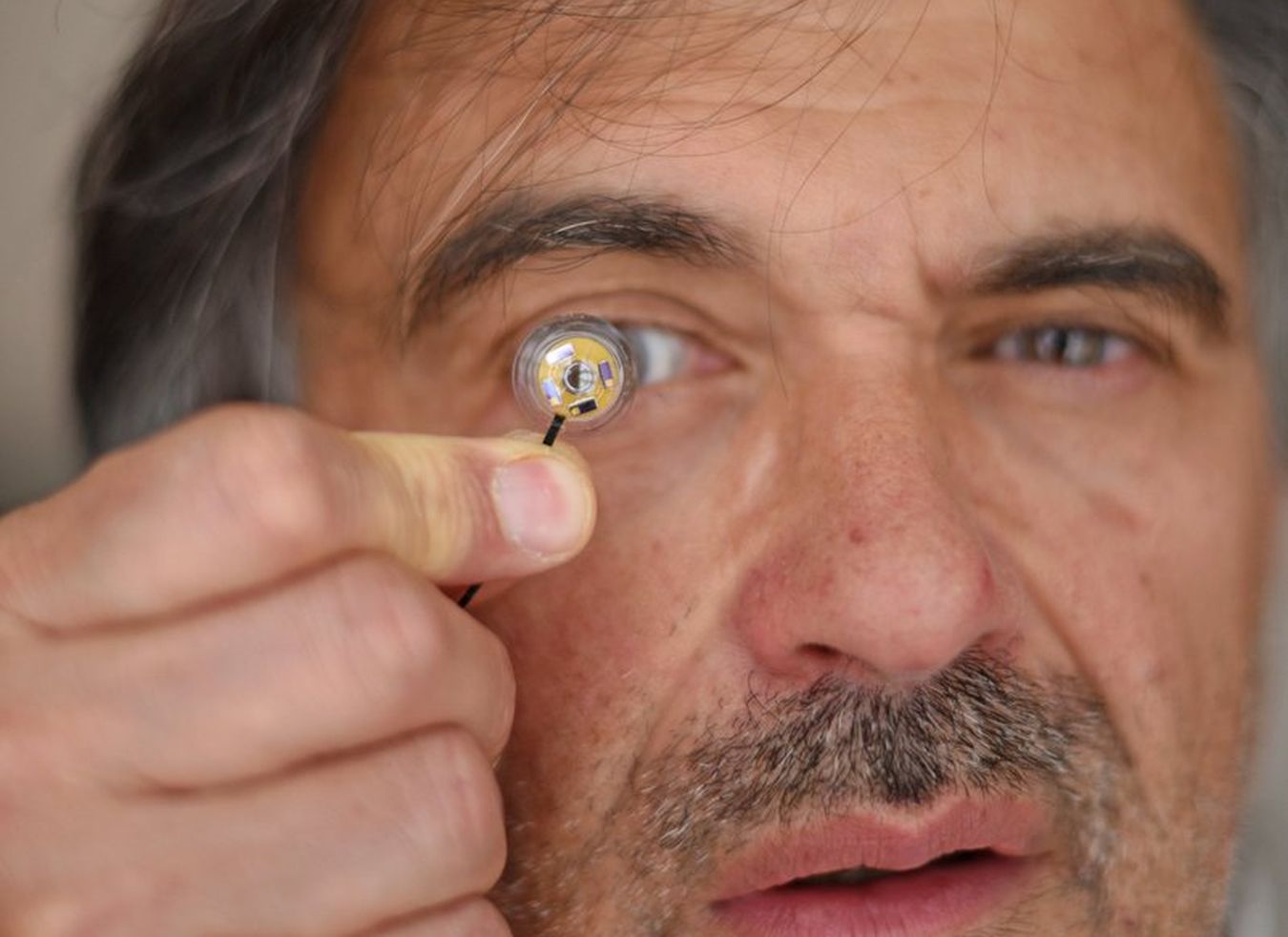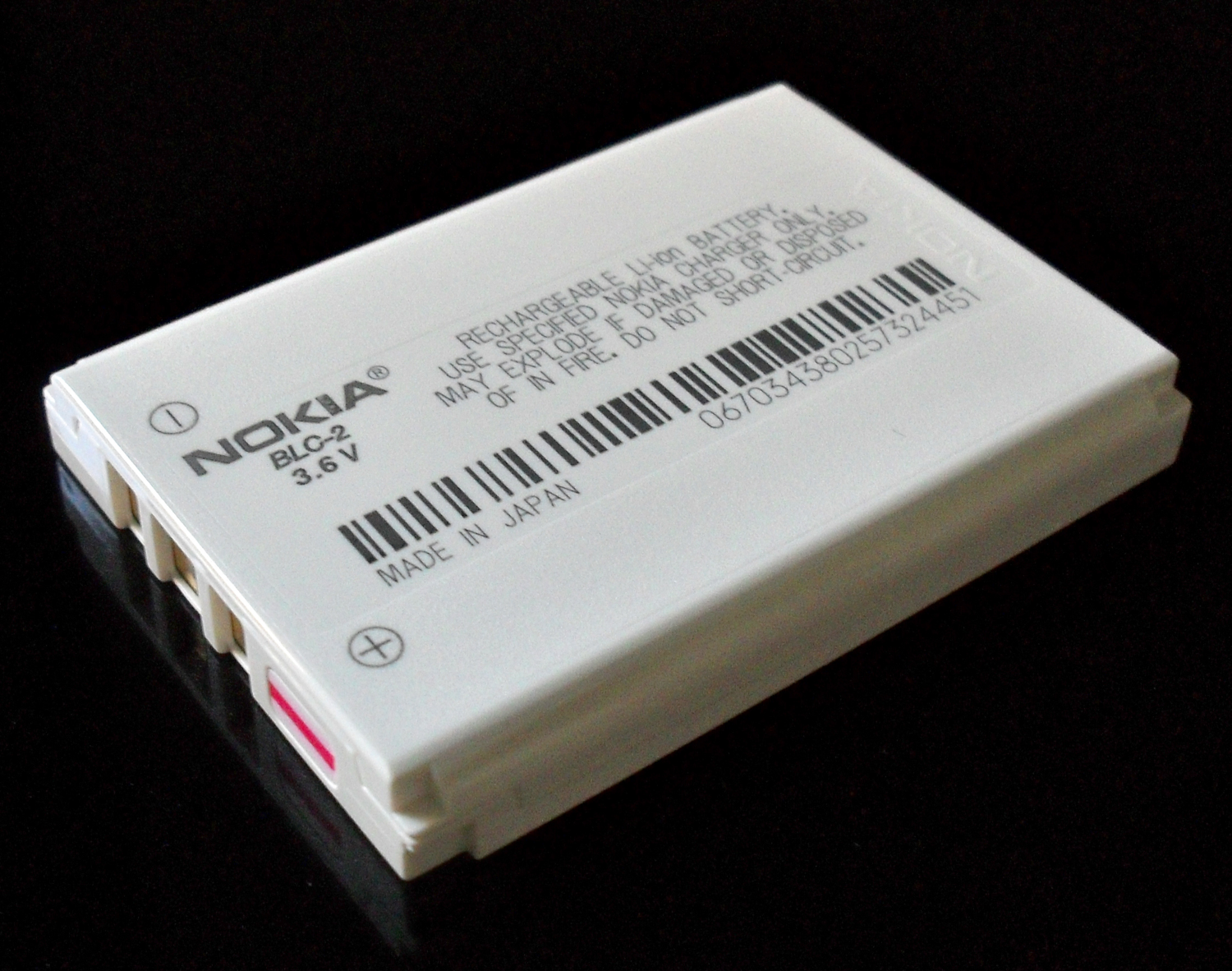Human augmentation, a field of research that aims to enhance human abilities through technological progress, has always fascinated authors of science fiction. It is a recurring theme in the British TV series Black Mirror and The Six Million Dollar Man. But beyond dystopia and action adventure, it also interests science. The recent findings from teams at IMT Atlantique and Mines Saint Étienne are one of the latest examples of this.
Jean-Louis de Bougrenet is the head of the Optics Department at IMT Atlantique. Thierry Djenizian is the head the Flexible Electronics Department at the Centre Microéléctronique de Provence at Mines Saint Étienne. Together, the two scientists have achieved a world first; they developed the cyborg lens, an autonomous contact lens with a built-in flexible micro-battery.
The origins of the cyborg lens
In the medical division of his department, Jean-Louis de Bougrenet was working on devices to improve people’s vision. Whilst doing this, the researcher and his team used oculometers, instruments used to analyze how eyes behave, measure an individual’s fatigue or stress, and also to see the direction of their gaze. These devices are used in technology such as VR headsets which can use the direction of someone’s gaze or when they blink to make a command.
However, to be truly efficient, the oculometer must be able to do two things. Firstly, it has to be extremely precise. Secondly, to make sure the VR headset does not contain any additional components that weigh the user down, the oculometer has to be as light as possible. These factors made it clear to the scientists that the oculometer had to be placed directly in the user’s eye. “The contact lens very quickly emerged as a way to make human augmentation possible, since it allowed humans to carry a smart device directly on them,” explains the optical researcher. This system is made possible by advances in nanotechnology.
Thierry Djenizian has spent the last four years working on integrating electric components onto flexible and stretchable surfaces. His research led to the patenting of a flexible micro-battery. However, this device wasn’t originally made to be used on a contact lens.
After becoming interested in Thierry Djenizian’s work in flexible electronics, Jean-Louis de Bougrenet got in touch with his colleague at Mines Saint-Étienne. During his visit to the Centre Microélectronique de Provence à Gardanne (Bouches-du-Rhône), he observed the advances made in flexible micro-batteries. This led to the idea to integrate this little device directly into the cyborg contact lenses developed at IMT Atlantique, which was extremely innovative, since the scientists were awarded a joint patent for their work.
A flexible micro-battery directly placed in a contact lens
The device is a world first, as an energy storage source is directly incorporated into the small ocular device. “Whenever functions are performed locally by an autonomous system, the system must have energy autonomy,” explains Jean-Louis de Bougrenet. Until now, ‘smart’ contact lenses have been powered by an external energy source such as a magnetic induction system, using a coil placed in the device. The problem with this process is that, if the energy source is cut, the device no longer works, something that is now no longer the case thanks to this new innovation. In the device developed by the two scientists, the lens is instead powered by a micro-battery that can also be paired to an external source to charge it, or in case it needs to use more energy.
Thierry Djenizian’s aim was to apply results he had already obtained from his previous studies to the design and performance constraints of an ocular device. This meant that he built on his previous work, which was mainly based on innovation and design.
“Normally, flexible batteries are made up of electrodes connected to each other by ductile coils which then carry current. Our device uses the entire surface area occupied by the coils by carrying microelectrodes directly on these wires,” explains the researcher at Mines Saint-Étienne. In practice, during the manufacture of flexible batteries, electrodes made from several composite materials are placed on an aluminum foil and shaped into vertical ‘micropillars’ using laser ablation with regular spacing. For the lenses, the same technique is used to manufacture the coils that support microelectrodes, giving the battery great flexibility.








